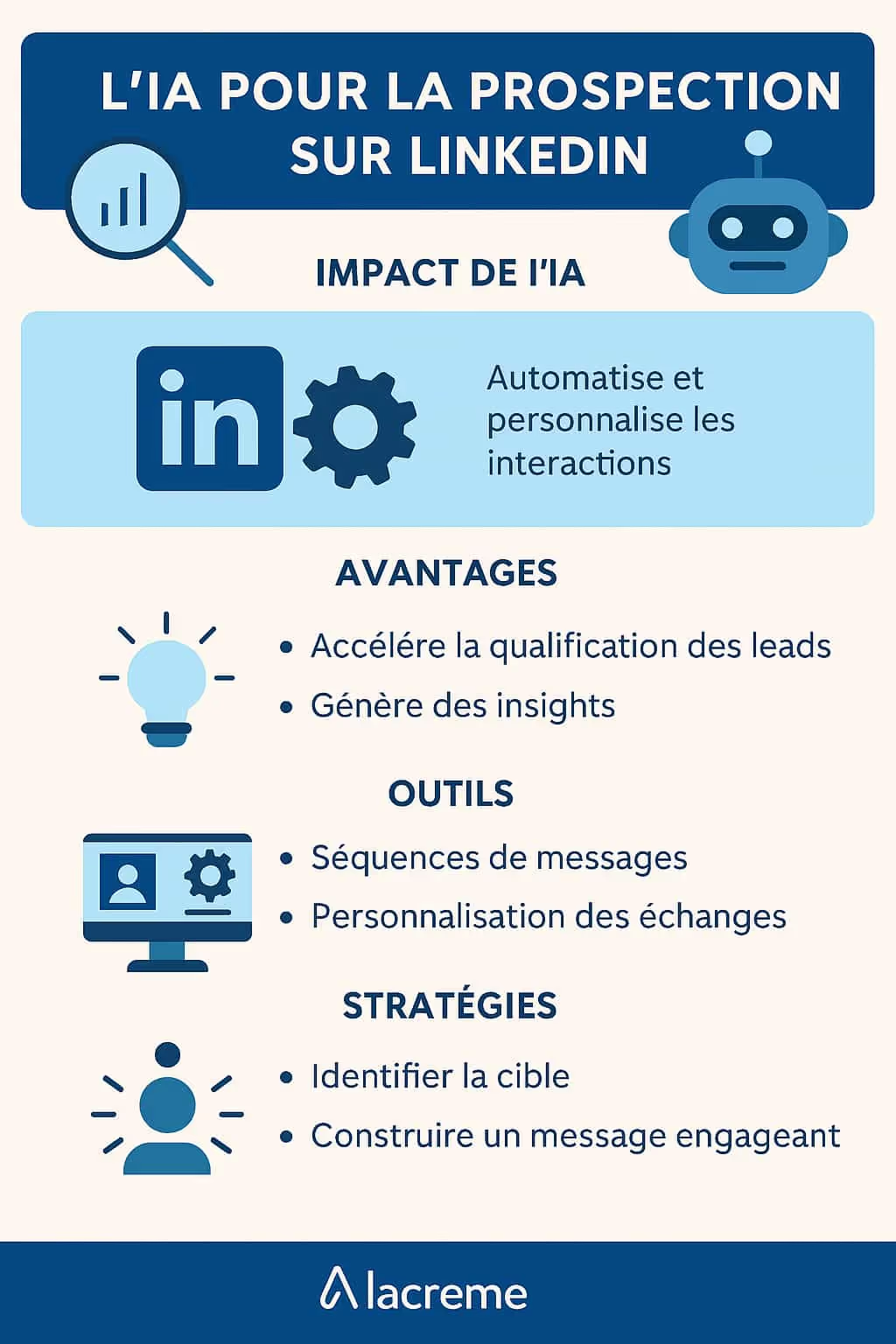The integration ofartificial intelligence (IA) in the banking sector is now an unavoidable reality. Local banks, often considered to be closer to their customers and less prone to the rapid adoption of disruptive technologies, are also beginning to see the potential benefits of AI. This article explores the impact, challenges, and opportunities that AI presents for these financial institutions that are often rooted in traditional practices, but seek to innovate to meet the demands of an ever-changing digital world.
Impact of Artificial Intelligence on Traditional Banking Services
Modernizing Services and Customer Satisfaction
Local banks are now facing a decisive choice: ignore the advances of AI and stay behind, or embrace it to transform their service. AI allows for advanced personalization of banking services and better predictive capacity to anticipate customer needs. As a personalization tool, AI contributes significantly to improving customer satisfaction, for example by offering personalized investment advice or by simplifying credit application processes.
Optimizing Internal Processes with AI
The use of AI for automate routine tasks frees up local bank staff for value-added activities. For example, machine learning algorithms can process transactions, loan applications, and detect fraud more effectively than traditional manual systems. This leads to operational efficiency gains and a reduction in human error, allowing banks to better serve their customers while reducing costs.
Regulatory Compliance Strengthened by AI
AI and GDPR Compliance in Local Banks
The General Data Protection Regulation (GDPR) has led to significant changes in customer data management. AI, developed with respect for the principles of “data protection by design”, helps banks remain compliant by automatically determining what data can be processed and stored, and under what conditions.
Risk Management and Data Security
In addition to respecting privacy, the data security has become a central concern. Advanced AI systems offer innovative cybersecurity solutions, such as behavioral threat detection, that help protect customers' financial assets and personal information from cyberattacks.
The Risks and Challenges of Artificial Intelligence in Banking
Preventing Risks Related to the Use of AI
Implementing AI in banks is not without risks. Algorithmic biases, for example, can lead to unintended discrimination in the granting of credit. Banks must therefore put in place strict control measures and ensure that AI is fair and transparent.
Ethical Issues and Protection of Fundamental Rights
Ethical concerns such as the “right to explanation,” where customers have the right to understand the decisions made by an algorithm that affects them, are a major challenge. The transparency of decision-making processes and the responsibility for the use of AI remain essential issues to be respected.
Generative AI Technologies and Personalization of Bank Offers
Renewing the Customer Experience with Generative AI
Generative technologies, such as generative adversarial networks (GAN), have the potential to transform the way banking products are designed and presented. They can help create tailor-made banking offers that accurately meet the specific expectations of local bank customers.
AI at the service of Corporate Social Responsibility (CSR)
Local banks are increasingly committed to CSR and AI can support them in this process, for example by optimizing investment portfolios towards companies with a positive social impact or by assessing the environmental risks of financed projects.
The Future of Local Banks in the Age of Artificial Intelligence
Massive AI Integration: Prospects and Growth Potential
The advent of AI offers local banks the chance to increase their competitiveness against big banks and Fintechs. The analytical capabilities of AI can strengthen decision-making and promote innovation, paving the way for new business models and dynamic growth strategies.
Innovation Strategies for a Successful Digital Transition
Local banks need to adopt a coherent innovation strategy that includes developing employee skills, working with tech startups, and continuous strategic monitoring. The success of their digital transformation will invite a gradual, customer-centric, and well-governed approach.






